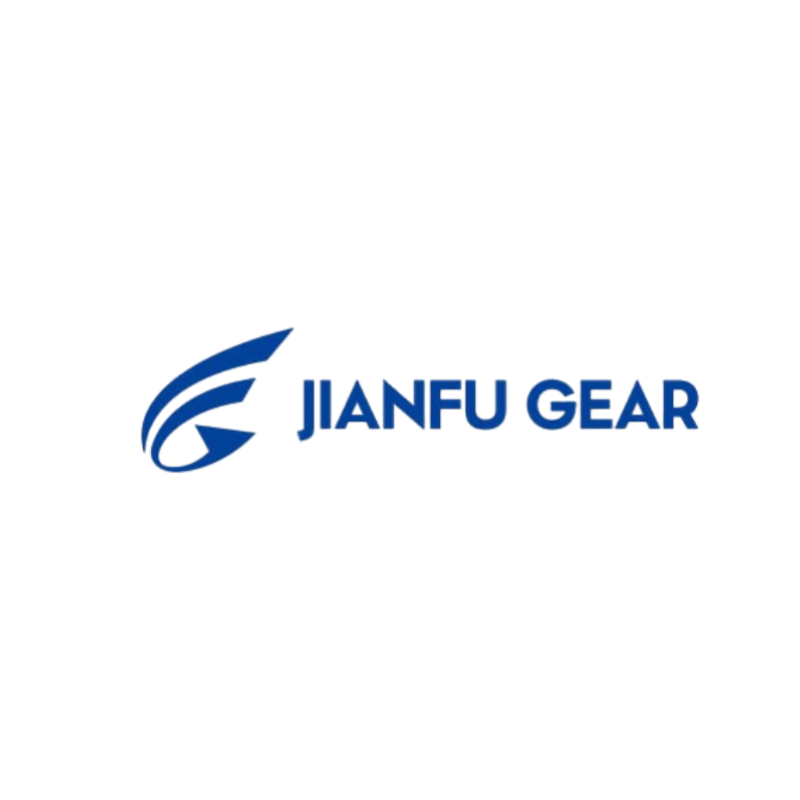Gear Industry 2025: Latest Technological Breakthroughs & Global Market Outlook
Release Time:
Oct 29,2025
Gears are key components in mechanical transmission, widely used, with continuous technological innovation and expanding market scale.
1. Cutting-Edge Technological News
The gear industry is undergoing a technological revolution driven by new energy and intelligence. Additive manufacturing (3D printing) has achieved breakthroughs in complex gear production—GE Aviation’s latest aero-engine planetary gear set, made via 3D printing, reduces weight by 41% while increasing load capacity by 28% . This technology’s penetration rate is expected to rise from less than 5% currently to 15% by 2030, cutting unit production costs by 20-30% .
Intelligent gear systems are reshaping industrial maintenance. Built-in sensor-equipped gears, which enable real-time wear monitoring and lifespan prediction, will see their market share grow at 9.7% annually. Their application in wind turbine gearboxes and construction machinery will jump from 12% (2022) to 34% (2030) . China’s Zhuzhou Gear has developed a high-speed electric drive rotation system for hybrid excavators, boosting energy efficiency by 15% and operational efficiency by 15% with 90% transmission efficiency—winning partnerships with XCMG and Lovol .
Material innovation is another key driver. High-strength alloys like 20CrMnTiH and 17CrNiMo6 now account for 48% of gear production (up from 35% in 2020), and nanostructured carburized steel extends gear fatigue life by 3.2x . Digital twin technology, adopted in 39% of gear design processes, shortens new product development cycles by 40% .
2. Market Prospect Analysis
The global gear market is poised for robust growth, projected to expand from $182 billion in 2025 to $268 billion by 2030 at a CAGR of 7.1-8.3% . New energy vehicles (NEVs) are the primary growth engine: NEV gear demand will reach $38 billion in 2025 (18.6% of total market) and exceed 25% by 2030 . Industrial automation follows closely, with precision gears for robots and CNC machines growing over 12% yearly .
Regional markets show distinct characteristics:
- Asia-Pacific dominates with 56% market share (2025). China, the world’s largest manufacturer, will see gear output exceed RMB 800 billion, contributing 42% of global production . The Yangtze River Delta and Pearl River Delta clusters account for 78% of Chinese enterprises and 85% of precision gear capacity .
- Europe leads high-end segments: German manufacturers hold 45% of the 15MW+ wind turbine gearbox market, with 7.5% annual revenue growth .
- North America benefits from aerospace demand, with special gear procurement growing 9.8% yearly—Boeing 787 landing gear components cost $470,000 per set .
Policy and competition dynamics are reshaping the industry. China’s "14th Five-Year Plan" mandates raising gear precision from GB/T 10095 Grade 4 to Grade 2, pushing R&D investment to 4.5% by 2025 . The EU’s CBAM forces 40% adoption of low-carbon technologies by 2030 . Market concentration is rising—top 5 players will hold 41.7% of the market by 2030, with ZF Friedrichshafen leading with 1,700+ e-drive gear patents .
Key words:
What Else Might You Learn?





